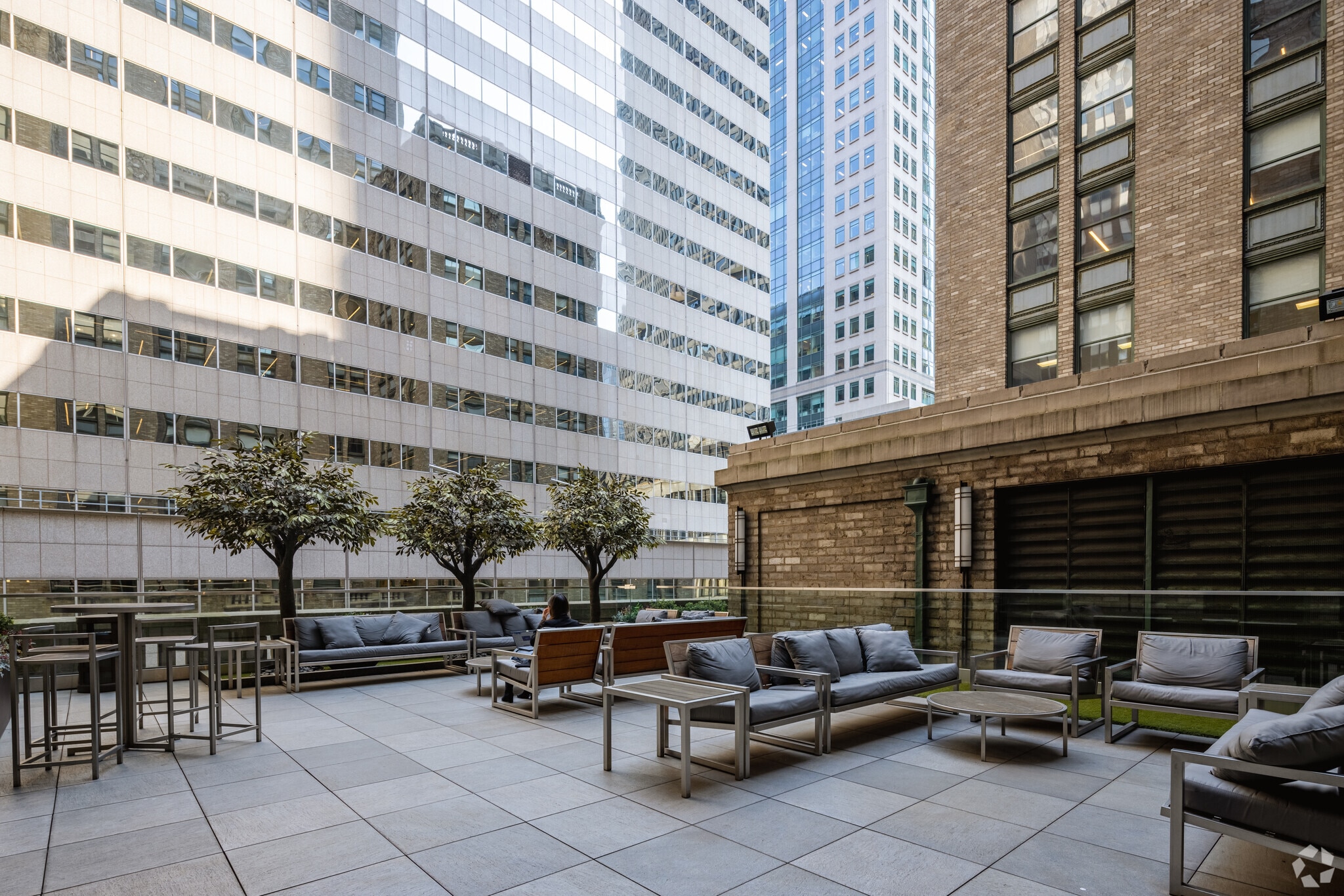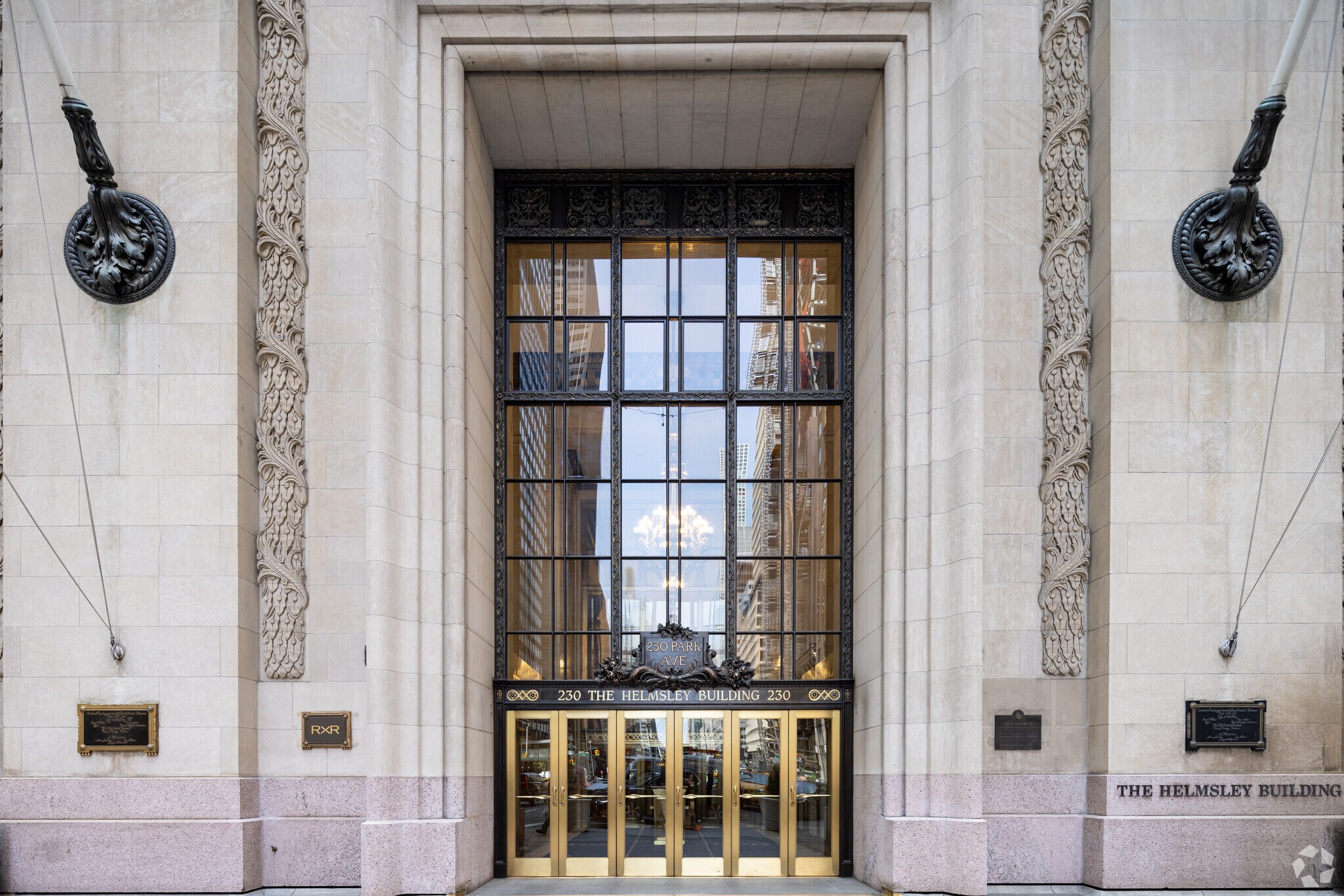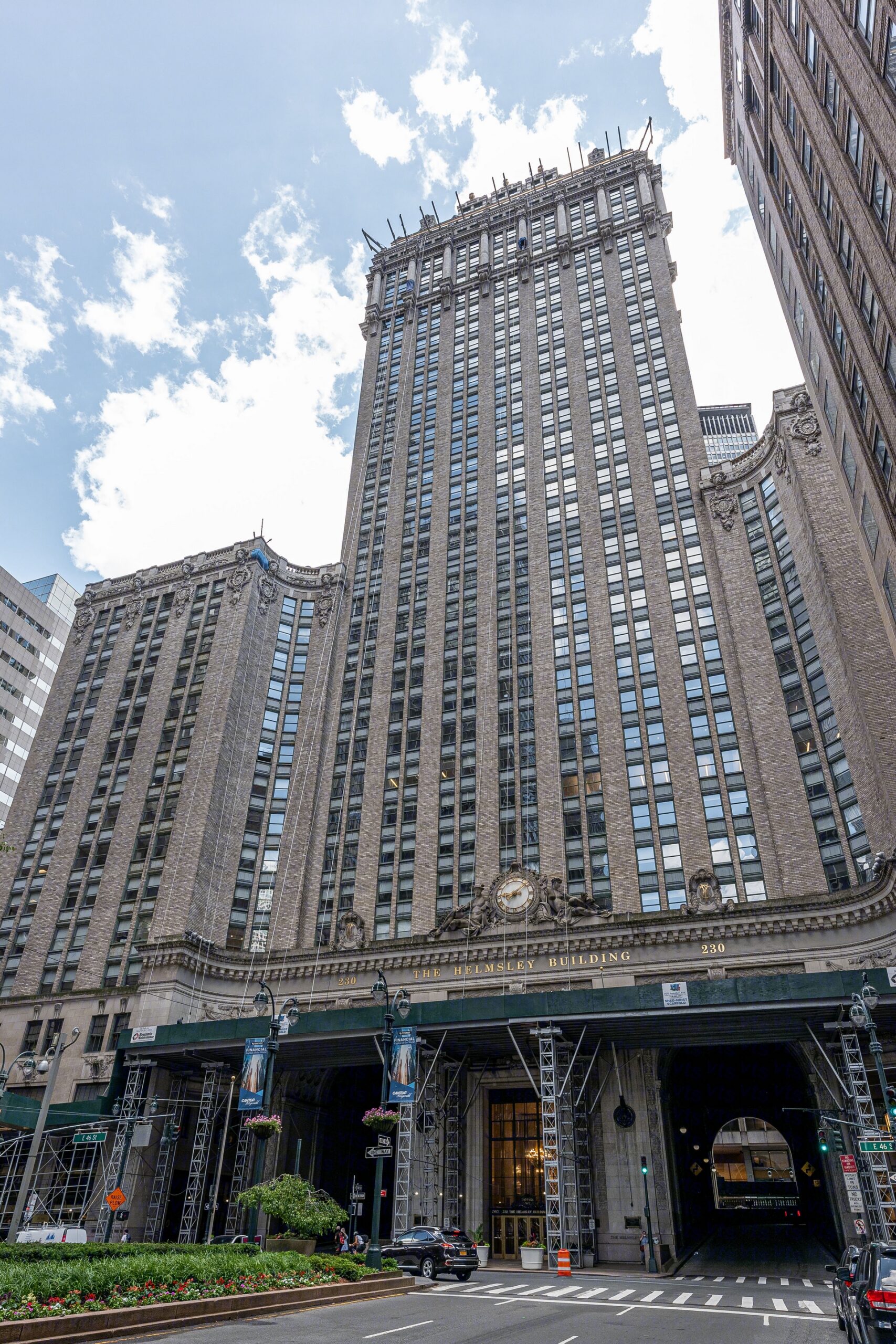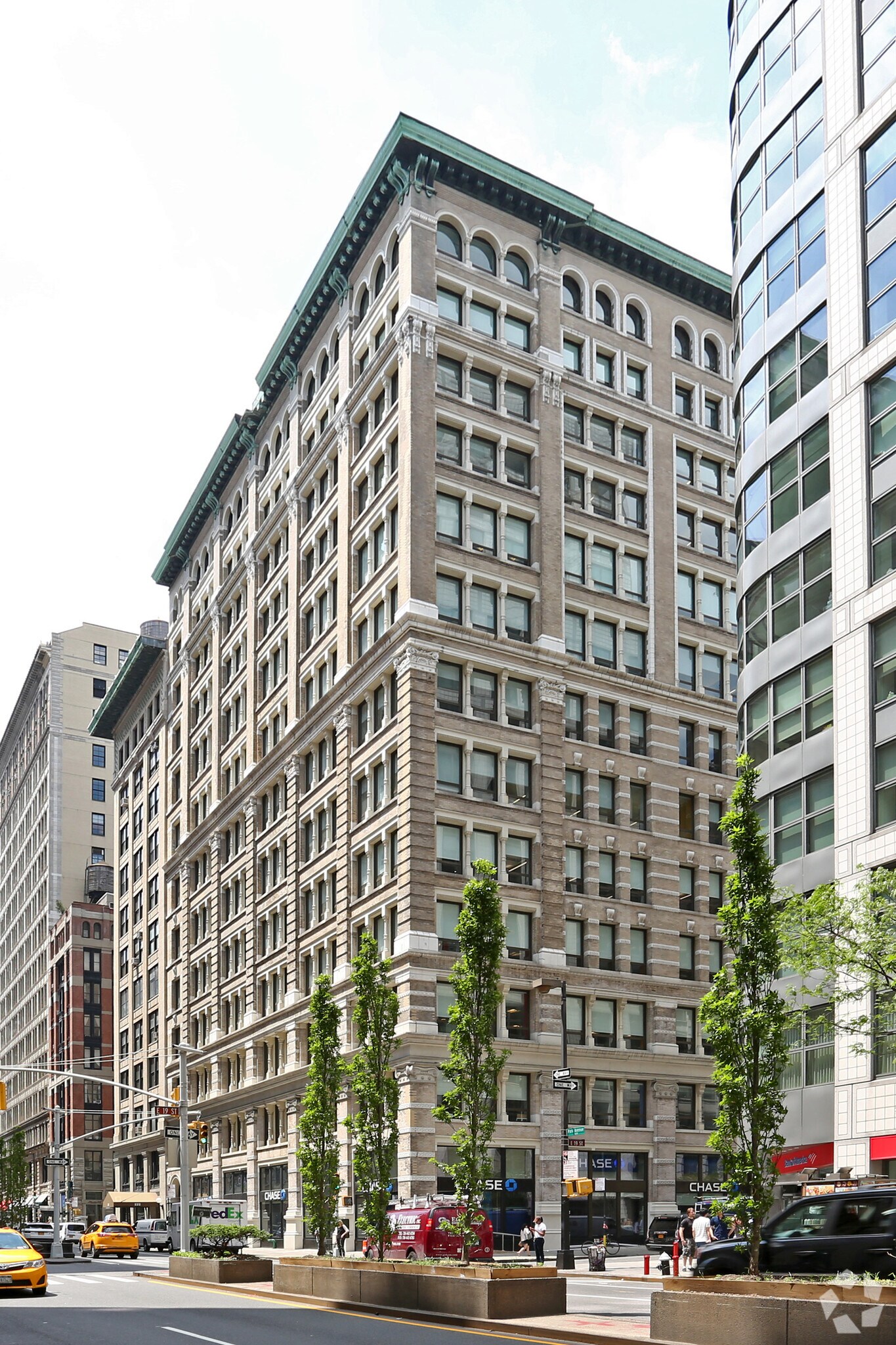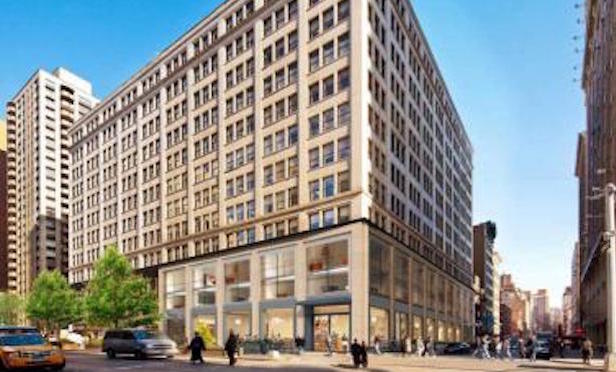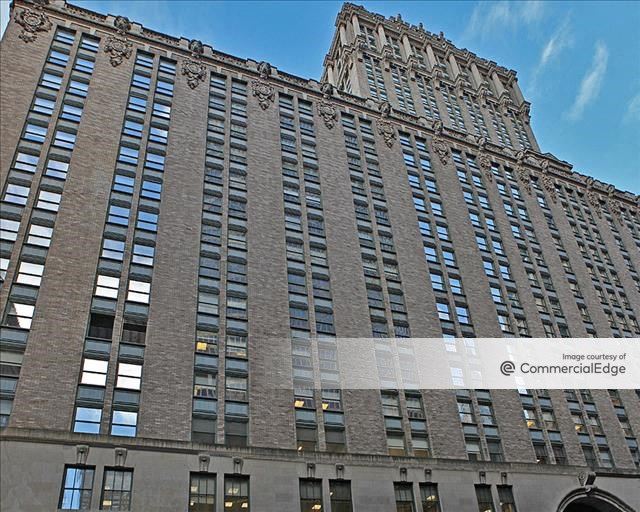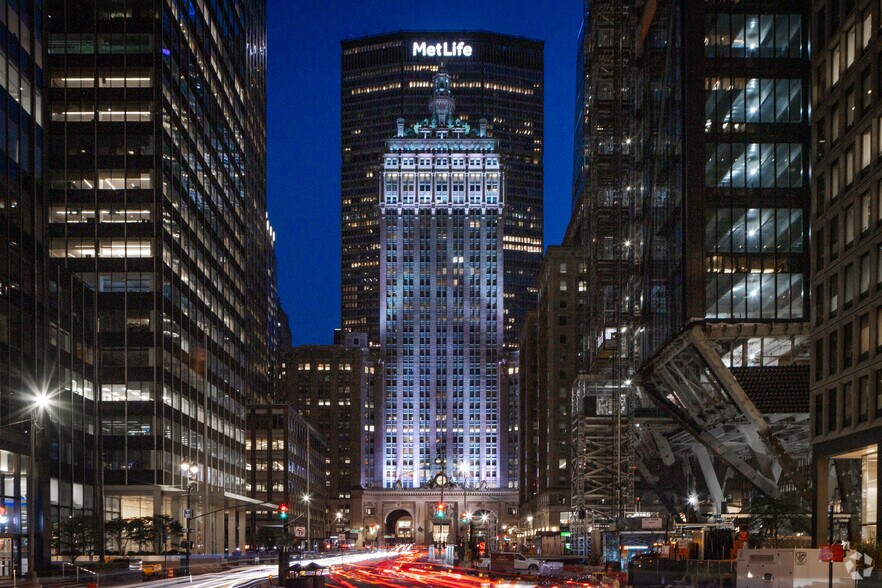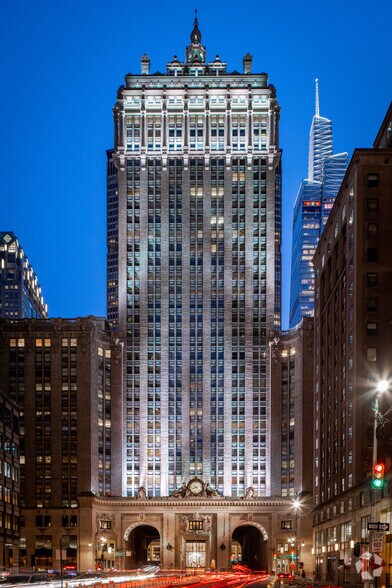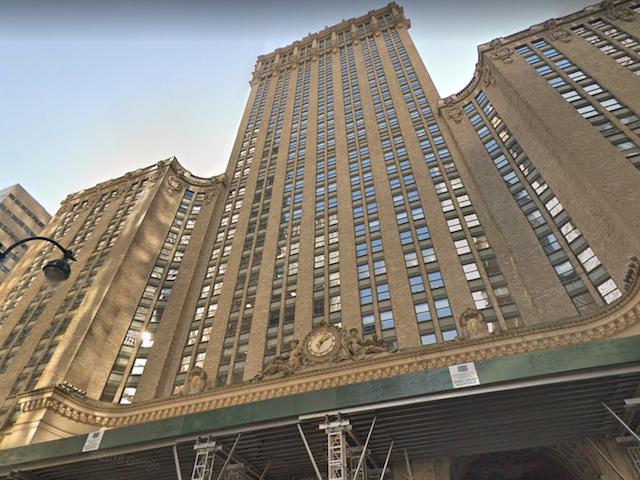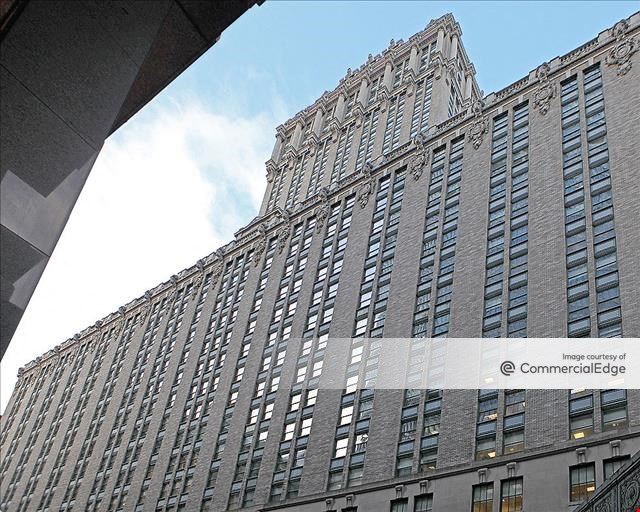230 Park Avenue New York Ny 10169

230 Park Avenue, a skyscraper synonymous with New York City's architectural grandeur and corporate power, is navigating a complex intersection of evolving tenant needs, financial pressures, and a shifting commercial real estate landscape. The iconic building, located at the heart of Midtown Manhattan, faces challenges that underscore broader trends impacting trophy properties across the city.
The future of 230 Park Avenue hinges on its ability to adapt to the modern demands of its tenants, manage its debt obligations, and maintain its competitive edge in a rapidly changing market. This article delves into the specific issues confronting the building, analyzing its ownership structure, tenant profile, and the strategies being implemented to ensure its continued relevance as a premier business address. We will examine the challenges of securing long-term leases, attracting new tenants in a competitive market, and addressing potential financial vulnerabilities.
A Storied History and Shifting Ownership
Completed in 1929, 230 Park Avenue, also known as the Helmsley Building, has a rich history intricately woven into the fabric of New York City's development. It was originally built as the headquarters for the New York Central Railroad and designed by Warren & Wetmore, the architects behind Grand Central Terminal.
Over the years, the building has changed hands several times. The current ownership structure involves a complex web of investors and stakeholders, including RXR Realty. RXR, a prominent real estate firm, has been actively involved in managing and repositioning the property.
Understanding the intricacies of the ownership is crucial to grasping the decision-making processes and financial considerations that shape the building's future. RXR Realty's expertise in managing large commercial properties is a key factor in navigating the current challenges.
Tenant Dynamics and the Rise of Hybrid Work
230 Park Avenue boasts a diverse tenant roster, ranging from financial institutions to law firms and corporate headquarters. Securing and retaining these high-profile tenants is paramount to the building's financial health.
However, the rise of hybrid work models presents a significant challenge. Many companies are reevaluating their office space needs, leading to decreased demand for large, traditional office layouts.
The building must adapt to these evolving tenant preferences by offering flexible lease terms, modern amenities, and collaborative workspaces.
The shift towards remote work necessitates a proactive approach to attract and retain tenants.
Adapting to Modern Needs
To remain competitive, 230 Park Avenue is undergoing renovations and upgrades. These improvements aim to attract tenants seeking state-of-the-art facilities and collaborative environments.
Investments are being made in technology infrastructure, energy efficiency, and enhanced amenities. The goal is to create a workspace that caters to the needs of today's workforce and fosters innovation.
These changes are not merely cosmetic; they represent a fundamental shift in how the building is positioned within the market. The focus is on creating a space that is both functional and appealing.
Financial Pressures and Market Volatility
Like many large commercial properties, 230 Park Avenue faces financial pressures in a volatile market. Rising interest rates and economic uncertainty are impacting property values and rental income.
The building's debt obligations must be carefully managed to ensure its long-term financial stability. Securing favorable financing terms and maintaining strong occupancy rates are critical to mitigating risk.
Market volatility presents a significant challenge, requiring proactive risk management and strategic decision-making. This includes diversifying the tenant base and exploring alternative revenue streams.
Navigating Debt and Securing Financing
Refinancing existing debt and securing new financing are crucial steps for ensuring the building's financial health. RXR Realty is actively working to navigate these challenges.
Maintaining strong relationships with lenders and demonstrating a clear path to profitability are essential for securing favorable terms. The building's iconic status and strong tenant roster provide a solid foundation for attracting investment.
The ability to successfully manage debt obligations will be a key determinant of the building's long-term success.
The Competitive Landscape of Midtown Manhattan
230 Park Avenue operates within the highly competitive Midtown Manhattan commercial real estate market. Numerous other trophy properties are vying for tenants, creating a challenging environment.
To stand out, the building must differentiate itself by offering superior amenities, competitive lease terms, and a prime location. Maintaining a strong brand identity and reputation is also essential.
The competition is fierce, but 230 Park Avenue's historical significance and architectural grandeur provide a unique advantage. Leveraging these assets is crucial for attracting and retaining tenants.
Sustainability and ESG Considerations
Environmental, social, and governance (ESG) factors are increasingly important to tenants and investors. 230 Park Avenue is actively pursuing sustainability initiatives to enhance its appeal.
Investments in energy efficiency, waste reduction, and water conservation are being made to reduce the building's environmental footprint. These efforts align with the growing demand for sustainable office spaces.
Demonstrating a commitment to ESG principles is not only environmentally responsible but also strategically advantageous in attracting tenants and investors.
Looking Ahead: The Future of 230 Park Avenue
The future of 230 Park Avenue depends on its ability to adapt to the evolving needs of its tenants, manage its financial obligations, and maintain its competitive edge in a dynamic market. The building's iconic status and prime location provide a solid foundation for success.
By embracing innovation, investing in modern amenities, and prioritizing sustainability, 230 Park Avenue can ensure its continued relevance as a premier business address for years to come. The building is also an important historical icon.
Ultimately, the story of 230 Park Avenue is a microcosm of the broader challenges and opportunities facing the New York City commercial real estate market. Its success will serve as a bellwether for the industry as a whole. The building’s ability to evolve will define its legacy.


